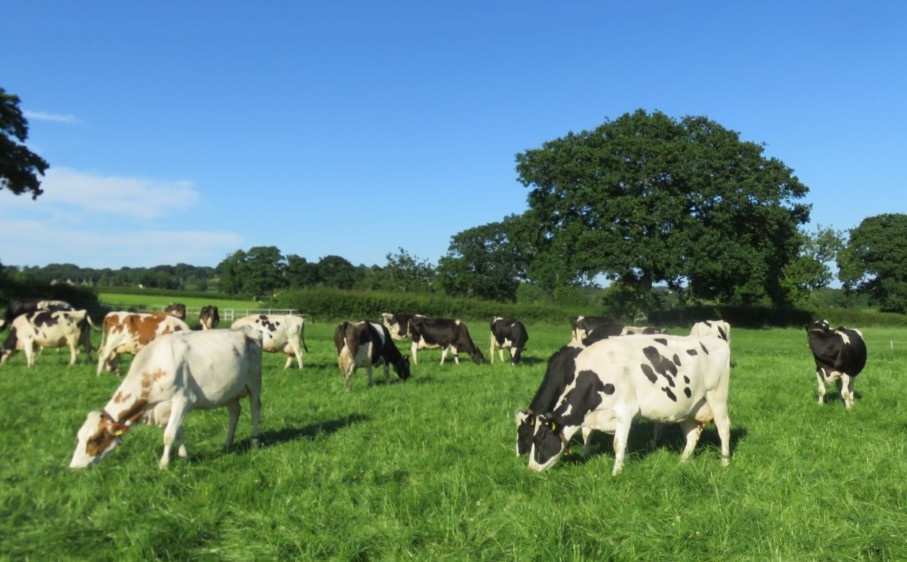
Dairy farmers defied poor weather to deliver a strong year of profits, healthier herds, and renewed momentum for organic milk, according to Kingshay’s latest Dairy Costings report.
Despite a difficult summer marked by poor weather and lower forage yields, farmers benefited from resilient margins, thanks to a favourable milk-to-feed price ratio—the best seen since 2001.
“The average margin over purchased feed (MOPF) was the strongest in years, only outstripped by the milk price peaks of 2022,” said Emma Puddy, farm services specialist at Kingshay.
The report, based on data from 1,064 conventional and 98 organic herds, also noted across-the-board improvements in herd health indicators.
Mastitis rates fell to 24 cases per 100 cows (a two-case drop), while lameness declined from 37 to 34 cases per 100 cows.
However, fertility performance dipped slightly, likely due to the poorer quality of forage. Calving intervals lengthened by a day to 394 days, and days to first service rose from 70 to 72.
Although the average age of cows at exit is gradually falling, the proportion of voluntary (selected) versus involuntary (forced) culls has continued to rise.
The higher milk price also meant that the financial cost of poor fertility and health was more pronounced on a per-case and per-herd basis.
“This year, housing-focused, all-year-round calving herds had the highest MOPF per cow at £2,937,” said Mrs Puddy.
“Meanwhile, the best margin per litre—41.15ppl—was achieved by low- to moderate-yielding organic herds.”
Organic producers, who have faced a turbulent few years, saw a notable recovery. The organic milk price hit a record 53.17ppl in March 2025, helping to restore confidence in the sector.
Additionally, organic systems continue to lead on milk-from-forage, with 44% of milk output derived from forage—well ahead of the sub-30% average in conventional systems.
“It seems milk from forage is still very strongly linked to MOPF,” Mrs Puddy noted. “In fact, conventional herds in the top 10% for milk-from-forage posted margins that were 20% higher per cow and 14% higher per litre than the average.”
She encouraged producers to benchmark their data. “The best way for a farm business to identify strengths and improvement areas is to compare their figures with others operating similar systems.
"Our aim with this report is to support exactly that and help farmers build on this year’s encouraging trends.”
